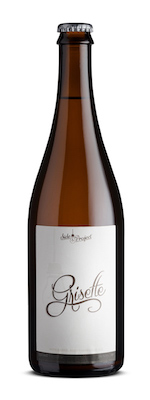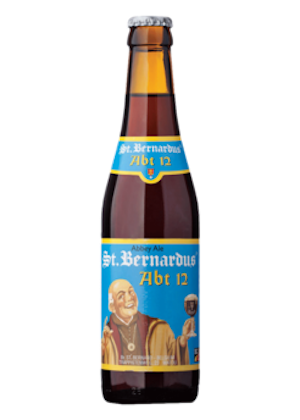Drink This, Not That: Alternatives to Beer Whales
Photo via Shutterstock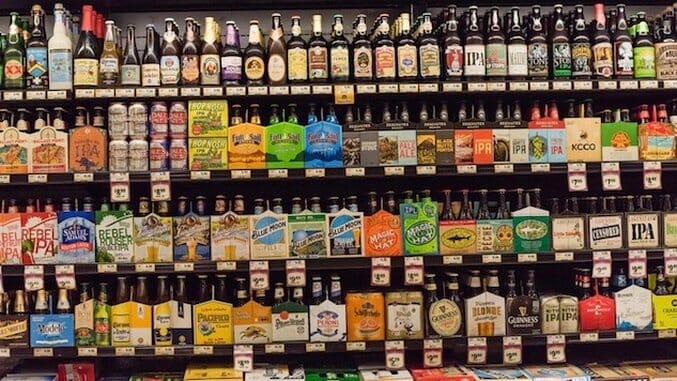
Though the cost of entry to craft beer remains relatively low when compared to the wine and spirits world (feel free to either spend a couple of hours reading up on Pappy van Winkle and Screaming Eagle, or punch yourself in the taint, repeatedly) it’s getting a little ridiculous. And while a $50 750ml bottle of barrel-aged imperial stout or a $20 4-pack of hazy IPA is occasionally worth the splurge, most of us can’t afford to drink like our life isn’t a complete shambles on the regular.
With that in mind, this is a handy guide for those of us that want the best things in life for a fraction of the cost, without waiting in line or, again, rage-induced taint punching. Here, we offer incredible alternatives to really expensive or hard to get beers.
The Beer You Want: Three Floyds Dark Lord
Let’s begin at the beginning. If we disregard the early, more bubble-enclosed frenzy for beers like Westvleteren 12—foreshadowing alert!—and Cantillon, Dark Lord and its titular release day can be credited/blamed for kickstarting the decade-long series of events that led to this article. To be fair, the beer itself gets an undue measure of hate, most likely due to the absolute nightmare of trying to get it. The annual release days are a hassle, and that’s assuming you can even make the seconds-long window to buy tickets online.
Still, it’s a very good beer, if a bit of an unwieldy monster: a 15% ABV imperial stout with vanilla, coffee, and molasses, it is massively sweet but with a matching complexity. The choice is yours: have a six-ounce pour and enjoy an episode of Jessica Jones, or drink the whole bottle while bingeing Iron Fist.
The Beer You Should Drink: Oskar Blues Ten FIDY
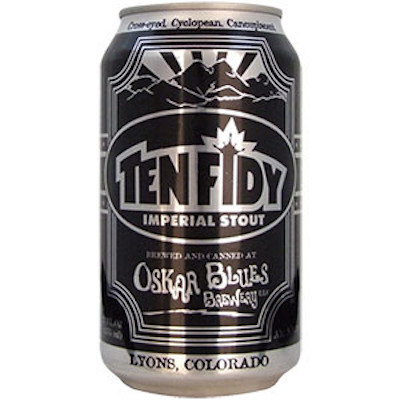
This poor beer. It seems to sell out every year when it hits shelves, but it takes a stupidly long time to do so. Maybe because it’s in a can, which beer chasers have apparently designated as the exclusive vessel for IPA #whalezbro. Maybe the $14.99 price tag for a four-pack? I don’t know. I don’t get it.
Ten FIDY is probably one of the five best non-barrel-aged imperial stouts in the country, and evokes all the flavors of the most trade-baity adjuncts without actually including them: there’s a big, fruity espresso note, a hint of vanilla, massive bitter chocolate, and a viscosity that suggests molasses.
The Beer You Want: The Lost Abbey Duck Duck Gooze
Again, a caveat: DDG is a world-class beer. Perhaps more so than any other American interpretation of the blended lambic style, it is authentic. Tart, juicy, funky, with a tightly woven juxtaposition of earthiness and bright citrus that fires on all cylinders. But it also A) costs about $40 per bottle, B) has an impossibly narrow online buying window, and C) is released at the brewery in California, so you’re probably not going to be there anyway. What’s a millennial with an inflated sense of self but minus the disposable income to do?
The Beer You Should Drink: The Bruery Rueuze
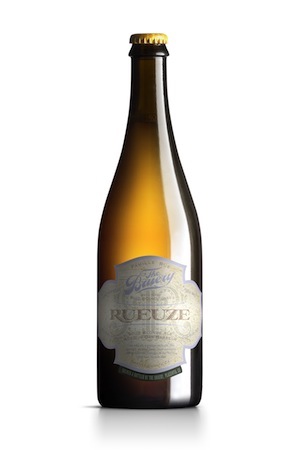
If The Bruery just made this, Black Tuesday, Tonnellerie Rue, and brought back Humulus Lager, I’d be perfectly happy. It’s a testament to the process knowledge and palates of the brewing and blending team that Rueuze—a blend of sour golden ales aged on oak barrels—tastes as phenomenal as it does, year in and year out.
It’s also one of the closest approximations of a traditional Belgian gueuze you’re likely to find in the States. Earthy and deep, with plenty of funk, it is also distinctly American, with a bright citrusy note and a hint of vanilla. At around $22/bottle, it’s not cheap enough to be an everyday drinker for most of us, but it beats top-shelf import markups.
The Beer You Want: Goose Island King Henry
This beer was much-coveted upon its one and only release, and now enjoys a rank among old-school baller-status trade gets like Cantillon Blabaer and Double Barrel Hunahpu. Why? It’s a huge English-style barleywine aged in the Pappy van Winkle bourbon barrels that were used to age the original batch of Bourbon County Rare. And since it was pre-AB InBev buyout, you don’t have to finish the whole bottle before you’ve justified it to yourself.
Again—and this is obviously a thread that runs through the whole list—King Henry is a phenomenal beer. It’s a brown sugar-toffee-vanilla bean bomb, and deserves its near-mythological status.
The Beer You Should Drink: Pelican Mother of All Storms
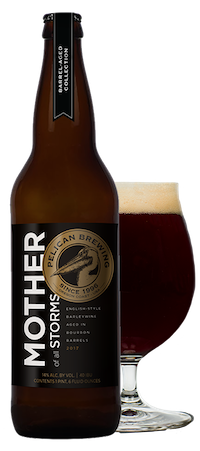
In the interest of full disclosure, you can’t just go out and buy this. The Pelican Brewery and Pub is located in Pacific City on the Oregon coast, and they don’t distribute very far; even then, you’re only likely to find their more basic, but still tasty, offerings. What I’m saying is, if you don’t trade, now would be a good time to start.
In that context, Mother of All Storms is not difficult to land, but what it lacks in hype it more than compensates for in quality and value. The base barleywine is every bit as well-crafted as any other American iteration, and holds up perfectly to the bourbon character. As expected, there’s a massive vanilla presence, hinting at crème brulee, underscored by a gentle dark fruit flavor once the sweetness settles in.
-

-

-

-

-

-

-

-

-

-

-

-

-

-

-

-

-

-

-

-

-

-

-

-

-

-

-

-

-

-

-

-

-

-

-

-

-

-

-

-



